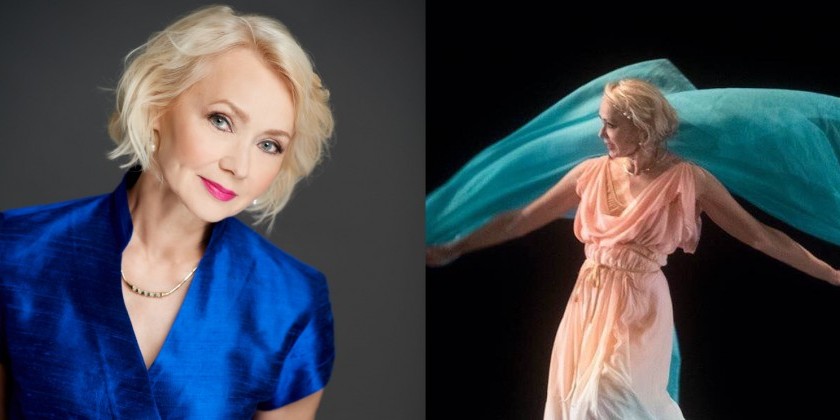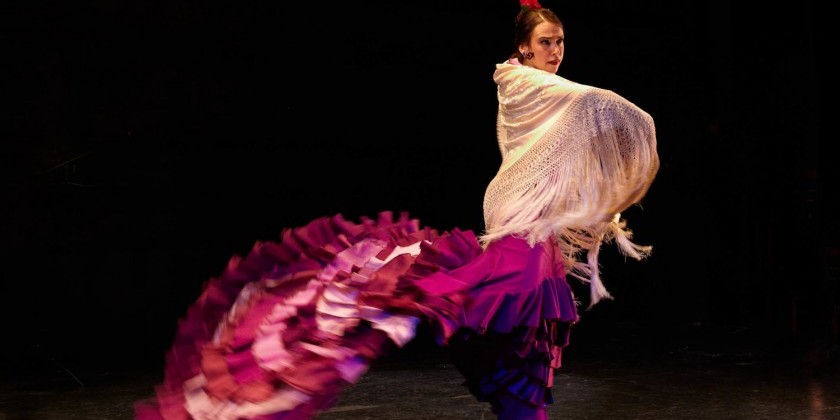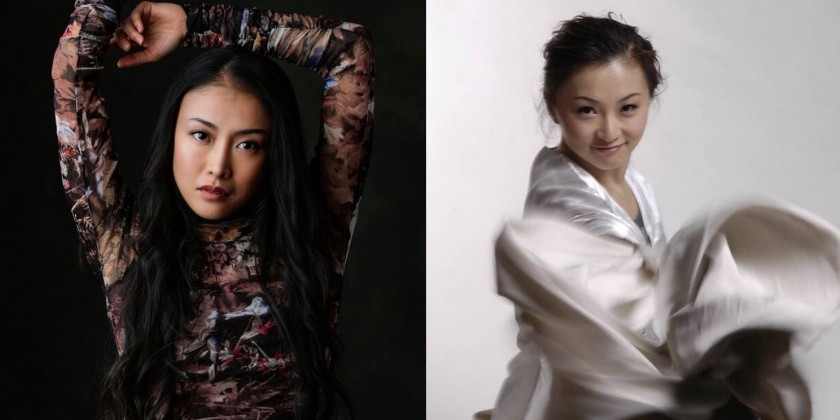MOVING PEOPLE: Carole Alexis on Overcoming Her Shyness Through Dance, The Importance of Kindness, and Cancelling "Cancel Culture"
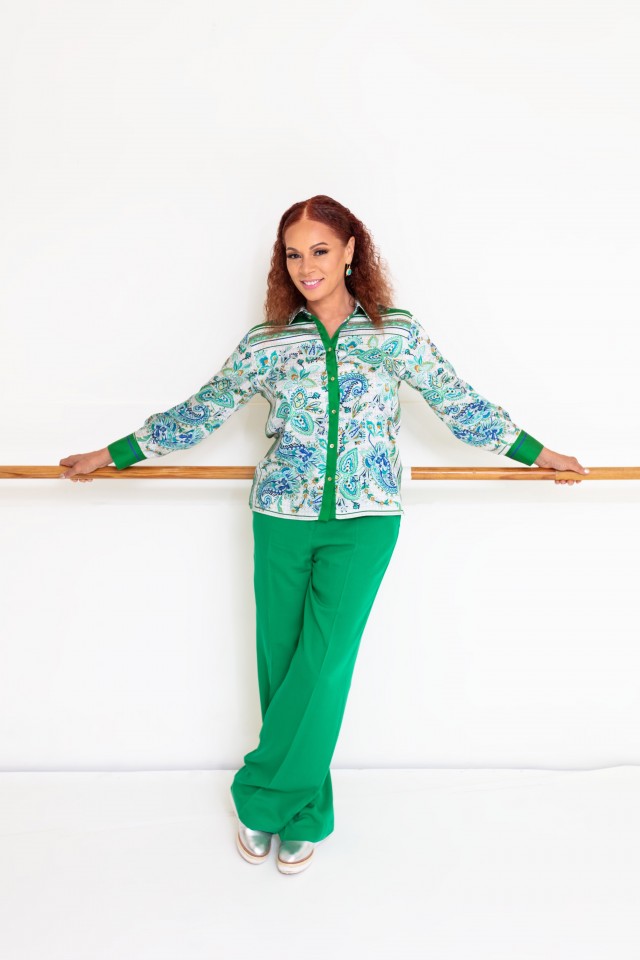
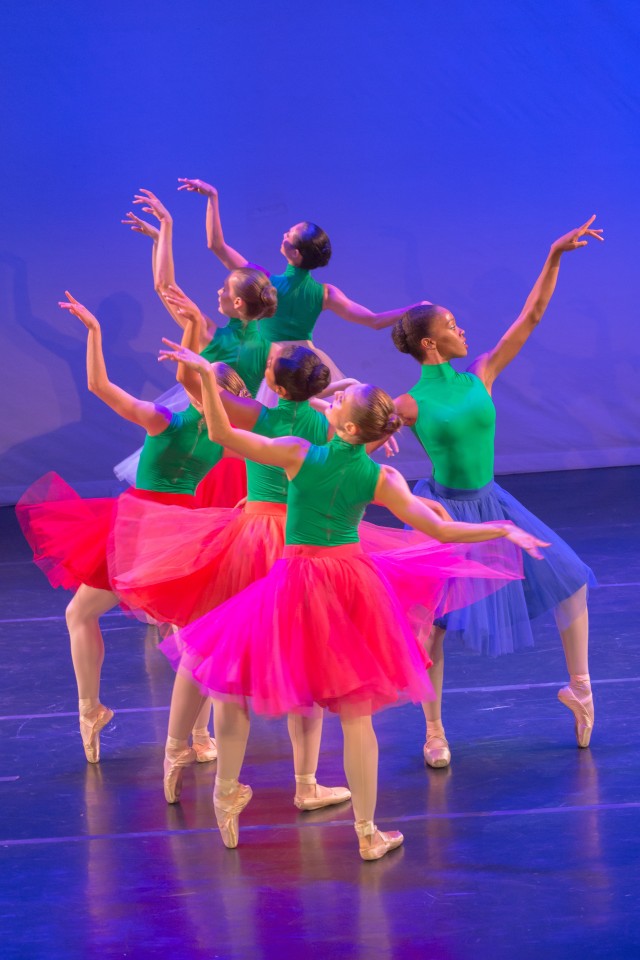
Carole Alexis
Biography
Founder and Director of Ballet des Amériques, Carole Alexis is a highly acclaimed French-American choreographer, a gifted dance educator and pedagogue, and a multi-faceted innovator in the performing arts who began her wide-ranging career as a child prodigy. At the age of 13, she was commissioned by Jean-Paul Césaire, Director of the SERMAC, a performing arts center created by Aimé Césaire, to choreograph her first major work for the Festival de Fort-de-France in Martinique, directing and creating original choreography for a company of dancers nearly twice her age. Continued: https://tinyurl.com/24f5y7ef
Left portrait: Photo by Stefan Radtke
Right portrait: Ballet des Amériques in "Of Flowers and Tears". Photo by Francis Augustine
My earliest memory of dancing is ___________.
when I was four years old and living in Bretagne, France. My school had put on a performance with dancing, singing and acting, and each child wore a costume that represented a particular country. This magical event marked the beginning of my love for the performing arts and multiculturalism. I was already facing daily prejudice at this age, but I remember how this performance gave me a sense of belonging, a feeling of something larger than the self, a voice without speaking.
I knew my life would revolve around movement when ___________.
Dancing and singing made me feel courageous as a child. Though extremely shy, I would create small dances and experiment with whatever costumes I could get my hands on.
Nature was and continues to be my first teacher and my first relation to space and movement. Being free to run about outdoors, play with animals, and invent our own games and toys had an enormous impact on a earlier generation's capacity to imagine and create artistically.
At the age of eight, in Martinique, I created a "dance club" and recruited other children. We rehearsed until we had a full show to present. The teachers and staff were very supportive, and even helped me organize performances. Behind the school was a rocky cliff with natural steps carved by erosion, and that became the audience seat. Everyone came to see these little shows.
The most expressive part of the body is ___________.
all of it. The dance artist should be conscious of the entire body. Emotions can be expressed and communicated in any part. I think the parts that require more attention, more work per se, are the hands and the back. One can see the power of the hands and the back in the sculptures of Auguste Rodin, which has inspired some of my work. Likewise, the hands of Michelangelo's Creation of Adam continues to fascinate me. Hands can tell so many stories and reveal so many emotions, but so does the back. Nothing more powerful than Miles Davis playing trumpet with his back to the audience, his back bringing the audience inside the music. I have seen the "poetry of the foot" with some dancers such as Sylvie Guillem and Isabelle Guérin, not because of the "pretty feet," but because of the energy in them, the way they carve out a space and bring you to the architecture of dance movement.
An event that transformed my life, dance-related or not, was ___________.
when I became a student of SERMAC at the age of nine. The SERMAC is a cultural center created by Aimé Césaire, legendary poet, statesman and one of the founding fathers of the Negritude movement (precursor to current movements such as Black Lives Matter) and directed at the time by Jean-Paul Césaire. This center was located in a beautiful botanical garden and all arts existed there together, including dance, music, scenography, film, theater, painting, sculpting, modern arts and traditional arts. The SERMAC’s mission was to recreate and claim our identity that was either lost or in confusion due to slavery and colonization and neo-colonization. Besides regular productions, the SERMAC also created an international festival that would invite high-caliber artists and companies from all over the African diaspora and the world. Starting to study dance in such an environment and with such amazing artists forever impacted my work and who I am. I am now inclined to embrace the diverse multitude of humanity.
The most important skills I’ve learned as a dancer that I apply to life at large are ___________.
determination, perseverance, patience and an understanding that the minute details are what make the final production. Dance makes me passionate for the pursuit of excellence and an aversion to mediocrity.
A truly good day in my book includes ___________.
finishing my to-do list and an unexpected encounter with a beautiful human being.
___________ is overrated.
In this age of social media, the personal "backstory" of a dancer or an artist — in contrast to their actual work and contribution to society — is overrated.
___________is underrated.
Politeness between people and respect and gratitude for one's teachers and educators are underrated.
My favorite type of garb to move in is ___________.
clothes that are fluid and of soft material; not too large or too heavy, but which give space to the body. I love colors, but for dancing I prefer discreet tones, because I prefer the dance itself to be the loudest voice in the room.
A personal challenge I face is ___________.
to avoid always speaking my mind. I tend to get in trouble for it. It is difficult for me to ignore the proverbial elephant in the room, and to remain silent when that would be the wisest course of action.
My biggest cheerleader(s) is/are ___________.
my family, my friends, my teachers, and my closer dancers.
I am proud to be ___________.
Am I proud to be a Martiniquaise? I don’t need to be (this or that) — I simply am. I love Martinique and I am proud of Martinique for its resilience and its beautiful people. I am proud of the people of my native land for their capacity to transcend our painful past caused by slavery, and for looking to a promising future within our créolité, "creolness" and true multiculturalism. I am proud of my people's tenderness and loyalty, of their respectful ways and politeness. I am proud of their incredible artistry and talent. I am proud that Martinique always creates bridges of peace with other countries. I am proud of the legacy that the writers and poets of Martinique are giving to the world.
My favorite flowers to receive after a performance are ___________.
all flowers! Sometimes I receive a very elaborate bouquet, and that is fabulous, but sometimes a child gives me a small bunch of flowers from his or her garden with a little elastic or bow around them stems, and that is just as fabulous. Flowers are, for me, symbols of gratitude and beauty.
When conducting auditions, I am on the lookout for a ___________.
a true ARTIST. Of course, look for unaffected lines and great technique, versatility, expression, musicality, theatricality, et cetera. But I also observe and look for the person who is polite, who says "good morning" to the director, dancers and janitors. I look for the person who respects others' space while dancing. I also look for dancers who are not preoccupied with checking their phones, who are instead focused on their craft, dancers who have a sense of humor, are eager to learn and receive corrections, dancers who, in other words, want to become better. I believe that a person of character who has these qualities will be able to move people to tears and transport them to a place of healing and expanded consciousness. When dancers are without these qualities, the general tendency of our time to narcissistic expression goes wild, to the detriment of the art. Because I look for the best dancers with the aforementioned qualities, I end up with the diversity of background that I need for my work.
Some pillar performances in Ballet des Ameriques’ annual calendar include ___________.
Nutcracker Dream, Evenings of Dance in Westchester, Dancing Caravan (our International Summer Intensive for children and young adults), and our fundraising event.
My favorite work that I’ve ever choreographed is ___________.
none. I have choreographed stories that I have to share or gift. I have choreographed great pieces that move and continue to move audiences. I have choreographed pieces that are not so good or strong — these pieces I revisit or drop. By contrast, it is the audience members who are entitled to choose their favorite choreography.
My artistic family members include ___________.
my children Isodale Alexis and Erwan Alexis. Isodale is a professional dancer and a key member of Ballet des Amériques. Erwan is a composer, singer and songwriter. My children are the third generation of artists in my family. They are both great human beings and passionate about their professions. We often collaborate on our respective projects.
I would like to learn ___________.
Spanish and to speak it fluently.
The first city / country I want to visit when traveling is permissible again are ___________.
Martinique and France, because I have family there, but I am also thinking of returning to Senegal and discovering Cuba and Ireland. I am also planning on driving to different states in the United States.
I am really looking forward in 2021 to ___________.
the opening of our new dance center in New York City, to the beautiful smiles of people, the rising of the arts and peace in our country and the world, the abolition of segregation and self-segregation, the cancellation of "cancel culture," and the advancement of a land called 'humanity'.
MOVING PEOPLE: Celebrating People Who Power The Dance World!
Do you know of a MOVING PERSON we should celebrate on The Dance Enthusiast?
Contact us at info@dance-enthusiast.com
Please take a look at our 10th and 11th Year — People Who Power The Dance World — The Dance Enthusiast A to Z







